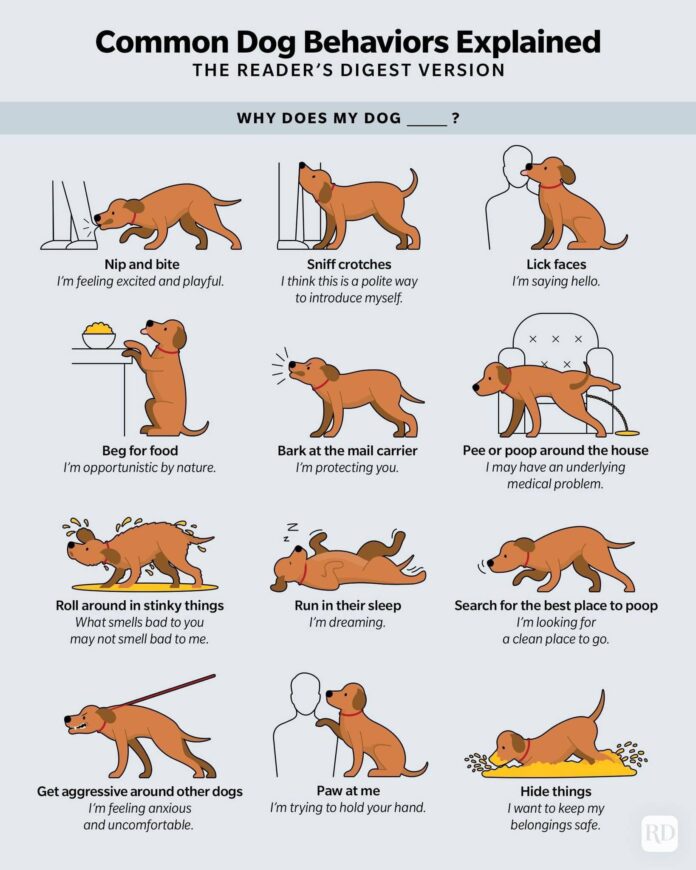Dogs are not just pets; they are loyal companions, protectors, and often considered members of the family. Whether you are a seasoned dog owner or considering bringing a furry friend into your home, there are countless fascinating things to learn about them. From their diet to their play habits and overall well-being, let’s explore some interesting facts about our canine companions.
At What Age Can Dogs Eat Nuts?
While some nuts are safe for dogs, others can be toxic. Generally, nuts should only be introduced in small amounts after a puppy is at least six months old. However, it’s essential to know which nuts are safe and which should be avoided:
- Safe Nuts (in moderation): Peanuts (unsalted), cashews, and almonds.
- Dangerous Nuts: Macadamia nuts, walnuts, pecans, and pistachios can be toxic or cause digestive issues.
Always consult your veterinarian before adding new foods to your dog’s diet and avoid giving them salted or flavored nuts, as excess sodium can be harmful.

Fun Games to Play with Your Dog
Play is an essential part of a dog’s life. Not only does it keep them physically active, but it also helps with mental stimulation and bonding. Here are some fun games you can play with your dog:
- Fetch: A classic game that helps with exercise and discipline.
- Hide and Seek: Hide in a different part of the house and call your dog’s name to encourage them to find you.
- Tug-of-War: This strengthens their jaw muscles and provides a great energy outlet.
- Obstacle Course: Create a DIY agility course using household items.
- Scent Games: Hide treats around the house and let your dog use their nose to find them.
Health and Well-being Tips
1. Regular Vet Checkups
Routine checkups help in early detection of potential health issues. Annual visits are recommended, though senior dogs may need more frequent checkups.
2. Proper Nutrition
A well-balanced diet ensures a healthy, long life. Always provide high-quality dog food, fresh water, and avoid feeding them harmful human foods like chocolate, grapes, onions, and artificial sweeteners.
3. Exercise is Key
Dogs need daily physical activity to stay healthy and prevent obesity. The required amount varies by breed, but a minimum of 30 minutes to an hour of exercise is recommended.
4. Mental Stimulation Matters
Just like humans, dogs need mental stimulation. Puzzle toys, interactive play, and obedience training help keep their minds active.
5. Dental Hygiene is Important
Many pet owners overlook dental care, but it is crucial for a dog’s health. Brushing their teeth regularly and providing dental chews can prevent gum disease and bad breath.
Understanding Dog Behavior
Dogs communicate in various ways, from tail wagging to barking. Here are some common behaviors and their meanings:
- Tail Wagging: Excitement or happiness, but a stiff, slow wag can indicate uncertainty.
- Ears Pulled Back: Can be a sign of submission or fear.
- Yawning: Often a sign of stress, not just tiredness.
- Licking: A way to show affection or seek attention.
- Whining or Barking: Can indicate discomfort, excitement, or the need for attention.
Understanding your dog’s body language can help you address their needs and strengthen your bond.

Dogs bring joy, companionship, and endless love into our lives. By understanding their needs, ensuring they have a balanced diet, providing proper exercise, and keeping them mentally stimulated, we can help them live a happy and healthy life. Whether you’re playing an exciting game of fetch or simply cuddling on the couch, every moment spent with your furry friend strengthens the incredible bond between you and your dog.





